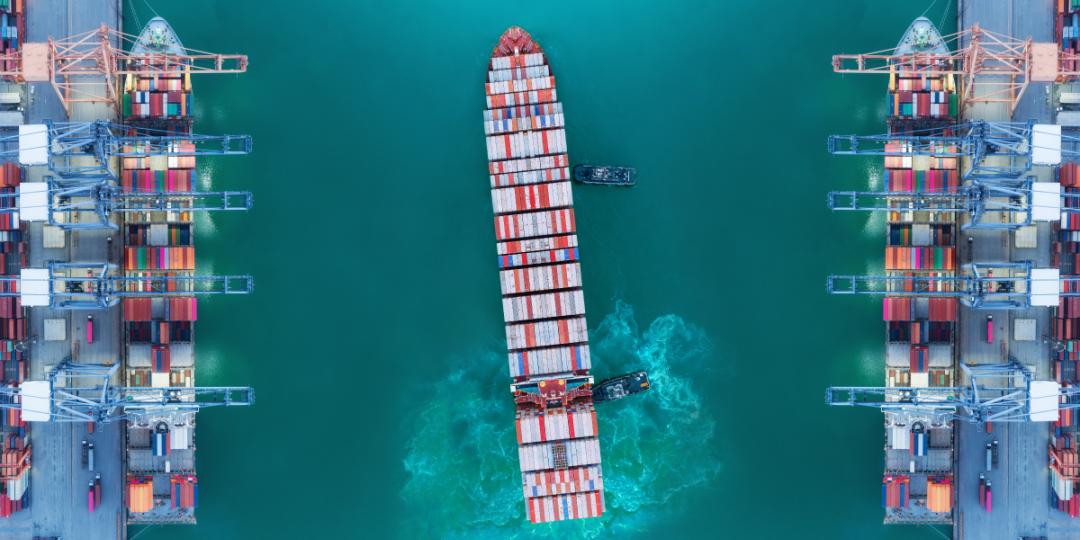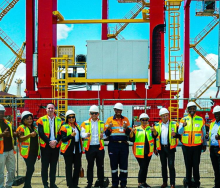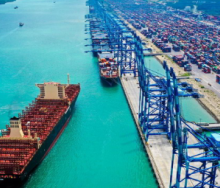As Covid-19 vaccination rollouts gain momentum in most countries, beating back the pandemic in the hope that there won’t be another resurgence of the coronavirus after the 3rd wave Delta variant, ports across the globe are ramping up capacity.
Although it may be a little premature to speak of “in the wake of the pandemic”, maritime research consultancy Drewry has found that “surging container shipping cargo demand has resulted in a significant improvement in the global terminal capacity outlook”.
However, capacity expansion and readiness to adequately absorb an ever-increasing need for world trade to recover from the devastating effect of Covid-19 and subsequent lockdown measures, “may not be sufficient to support forecast traffic levels”.
Taking its cue from its Global Container Terminal Operators Annual Review and Forecast, Drewry says the annual survey of the world’s leading terminal operators reveals the resilience of the sector to external shocks.
“Volumes, in the main, were down, but earnings less so as operators moved quickly to control costs. Capital expenditure was reined in during 2020, but the outlook is much improved.”
Eleanor Hadland, author of the report and Drewry’s senior analyst for ports and terminals, said: “The strength of the recovery in demand, aided by high levels of liquidity in the financial market, have enabled operators to bring forward their investment plans, resulting in a stronger capacity outlook post-pandemic.”
According to Drewry’s assessment, global container port capacity is projected to increase by an average 2.5% per year to reach 1.3 billion TEUs in 2025.
With global demand set to rise by an average 5% per annum over the same period, average utilisation rates will increase from the current 67% to over 75%.
While 75% utilisation at a port or terminal level is not sufficiently high to be of major concern, at a global level this expectation of tightening port capacity in a market plagued by congestion due to supply chain imbalances is a cause for concern.













